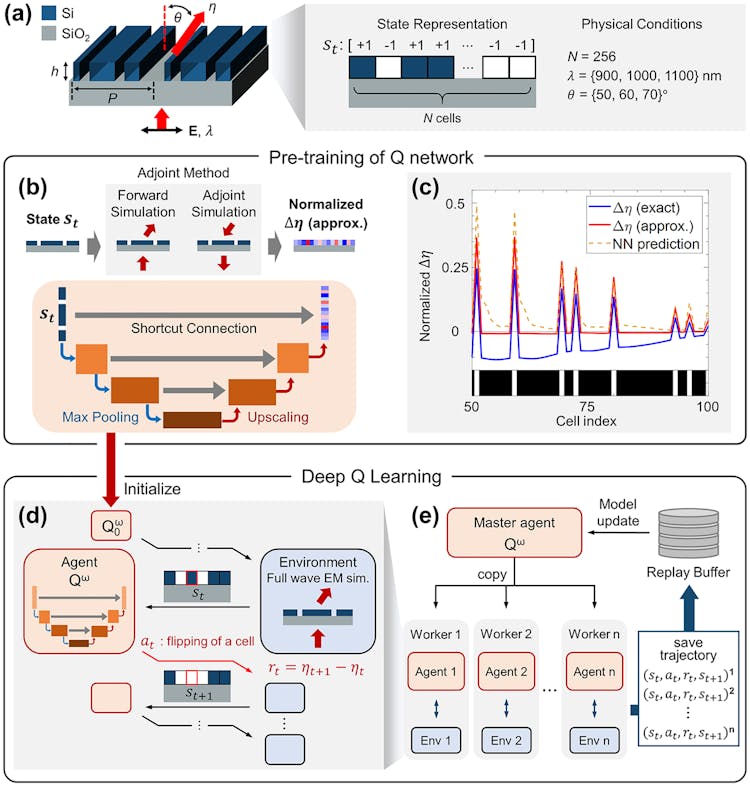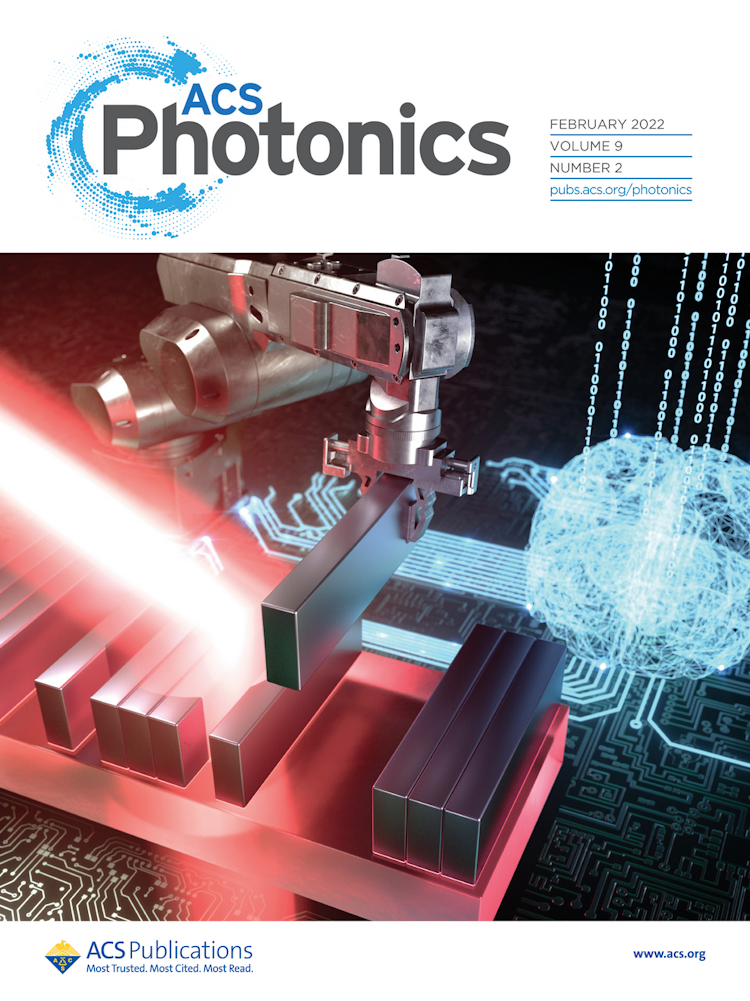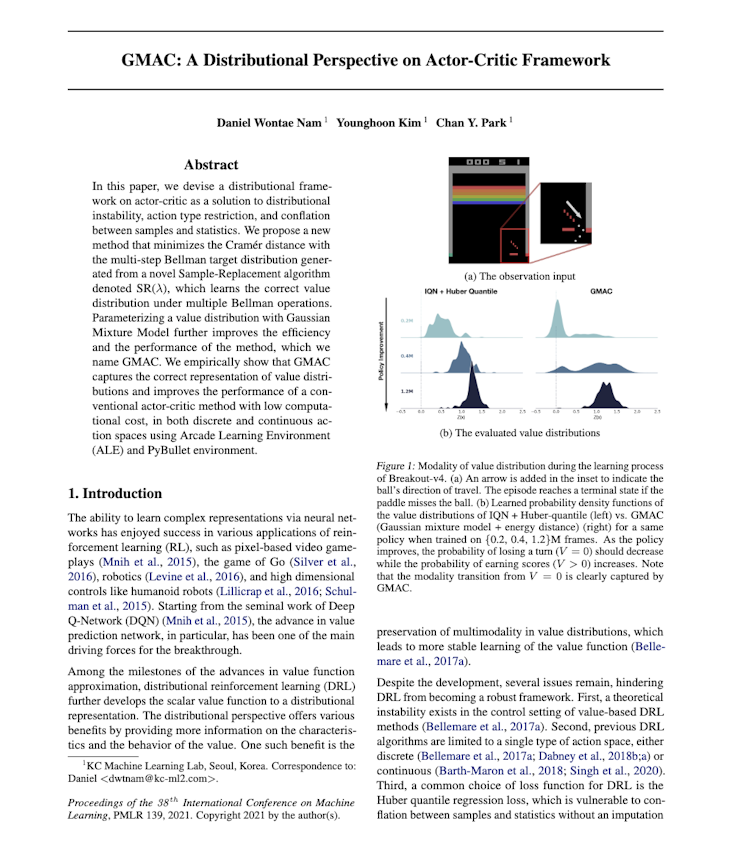#Computer Vision
Deep Joint Unrolling for Deblurring and Low-Light Image Enhancement (JUDE)
WACV 2025
#Robotics #ML Applications
Enhancing OCR-based Indoor Place Recognition with Visitor Map Image by Mitigating Noise from Distracting Words
IROS 2024
#Reinforcement Learning #ML Applications
Sample-efficient inverse design of freeform nanophotonic devices with physics-informed reinforcement learning
Nanophotonics 2024
#Computer Vision
In-Season Wall-to-Wall Crop-Type Mapping Using Ensemble of Image Segmentation Models
IEEE Transactions on Geoscience and Remote Sensing (Volume 61)
2023.12.01
#Computer Vision
RCV2023 Challenges: Benchmarking Model Training and Inference for Resource-Constrained Deep Learning
ICCV 2023 workshop
2023.10.02
#ML Applications
Free-form optimization of nanophotonic devices: from classical methods to deep learning
Nanophotonics 2022
2022.01.12
#Reinforcement Learning #ML Applications
Structural optimization of a one-dimensional freeform metagrating deflector via deep reinforcement learning
ACS Photonics 2022
#ML Applications
Inverse design of organic light-emitting diode structure based on deep neural networks
Nanophotonics 2021
2021.11.04
#Reinforcement Learning #Publications
GMAC: A Distributional Perspective on Actor-Critic Framework
ICML 2021
#Computer Vision
Investigating Pixel Robustness using Input Gradients
2019.08.30
#Reinforcement Learning
Distilling Curiosity for Exploration
2019.07.29




